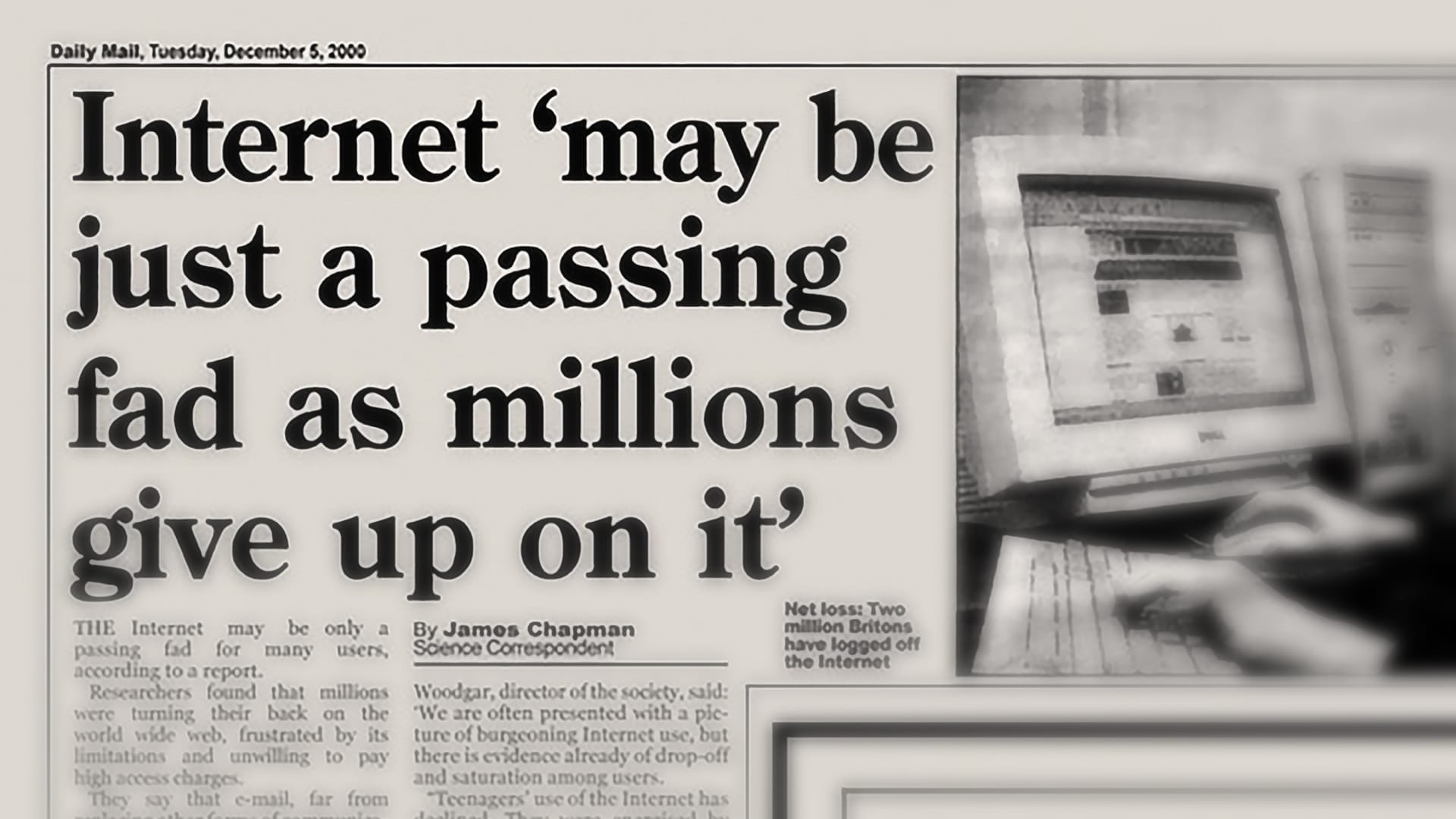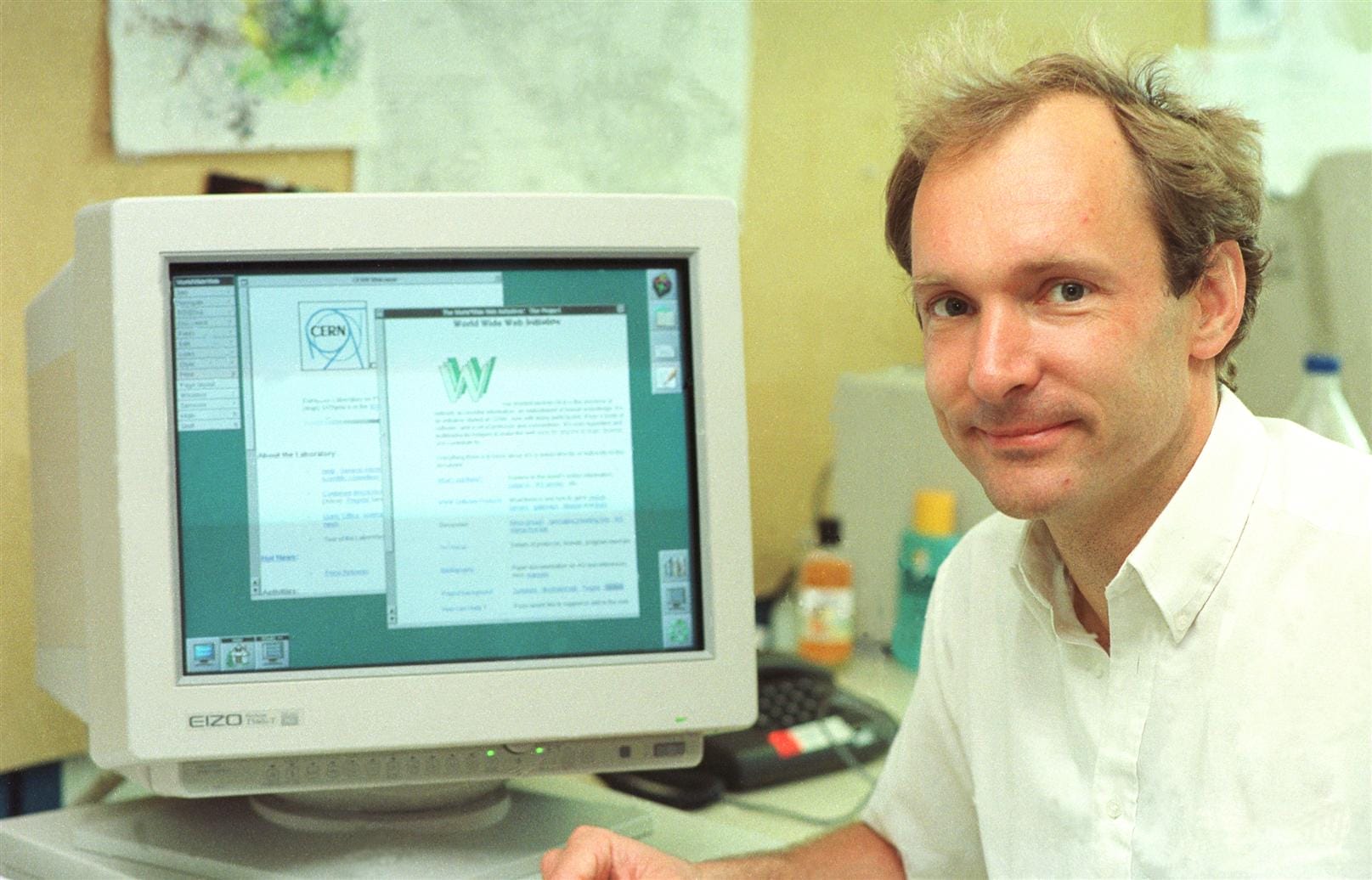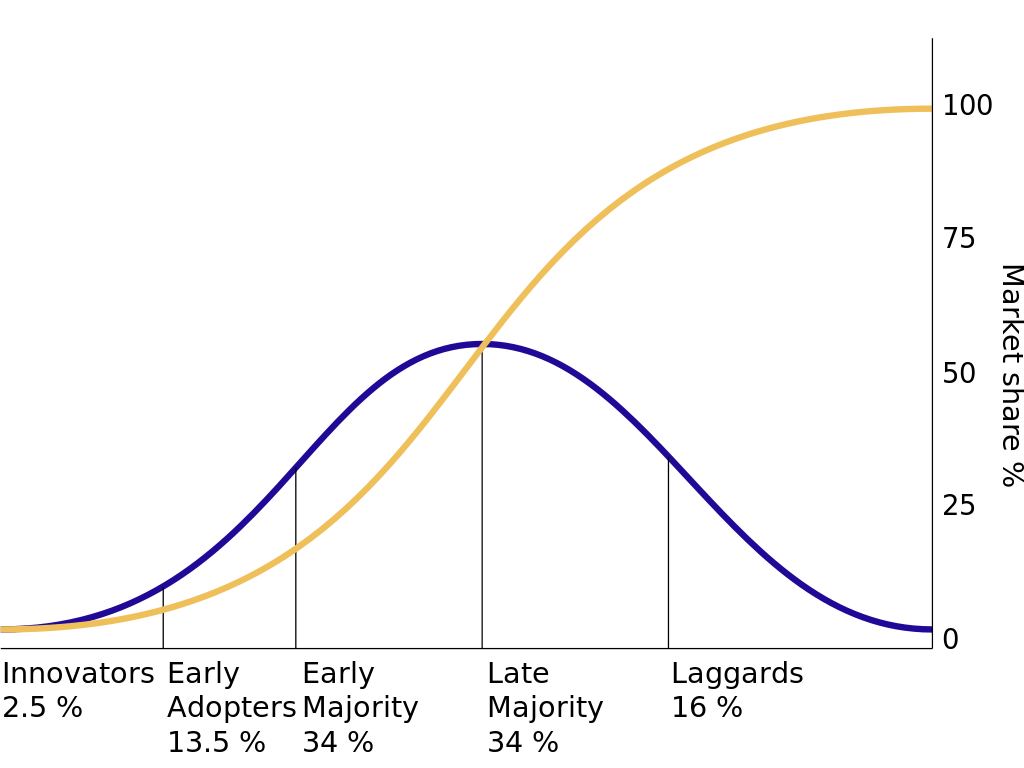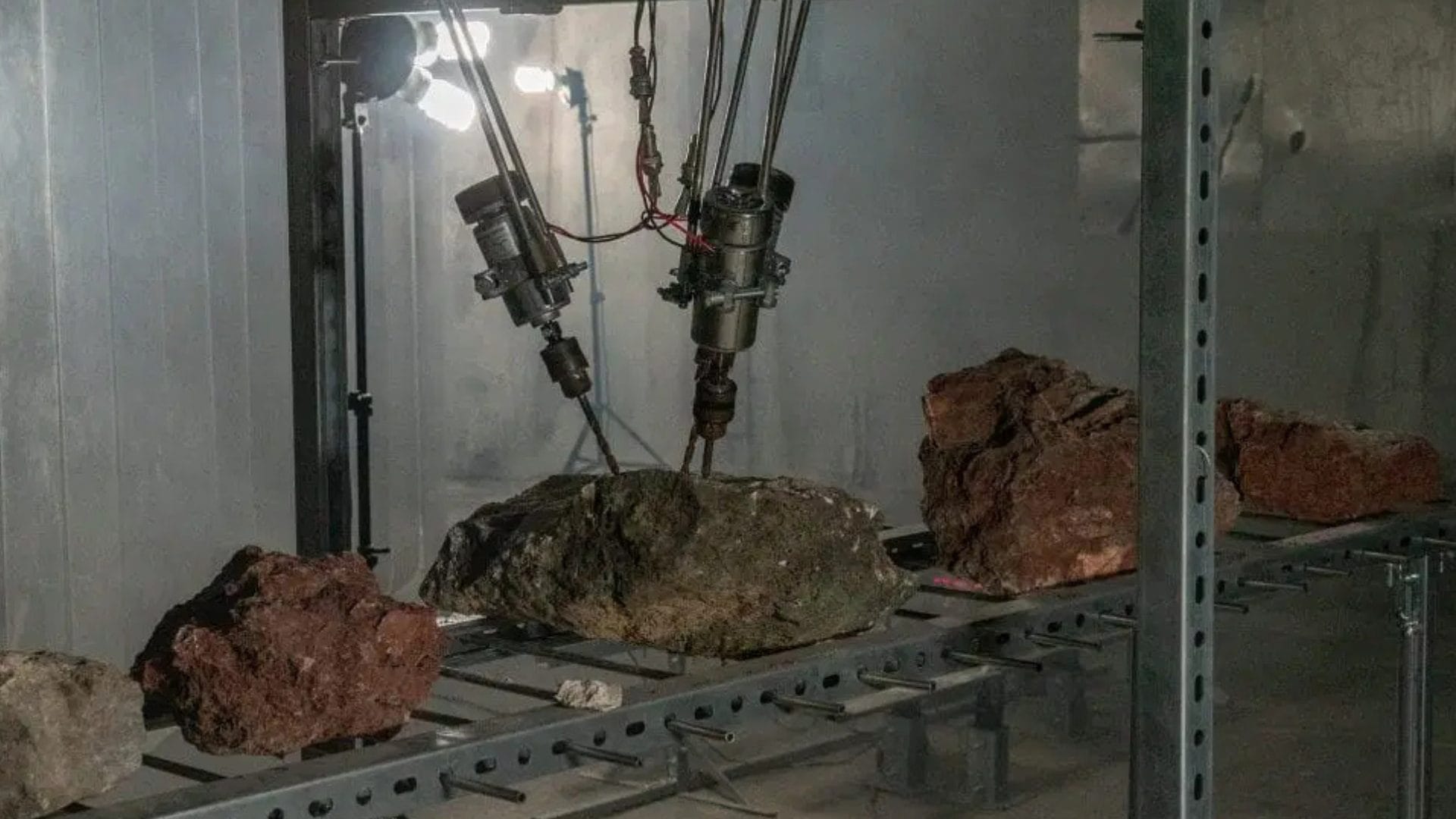
NFTs and the World Wide Web: Parallel or Divergent Paths?
As we navigate the complex landscape of digital innovation, it becomes evident that technological advancements often follow unpredictable trajectories. This observation is particularly intriguing when we examine the parallel yet distinct paths of the World Wide Web (WWW) and Non-Fungible Tokens (NFTs). While some draw parallels between these two digital phenomena, others question the validity of such comparisons.
The evolution of the World Wide Web (WWW) from a nascent idea to a global communication platform is a testament to the dynamic nature of digital innovation. A similar narrative seems to be unfolding for Non-Fungible Tokens (NFTs), which have evolved from a niche concept to a significant player in the digital economy. However, this comparison is not without its critics, who argue that the two are fundamentally different in terms of impact and sustainability.
In exploring these parallels and contrasts, we delve into the nuances of each technology’s journey. The WWW, since its inception, has been a cornerstone of information exchange and global connectivity. NFTs, on the other hand, while gaining momentum, face skepticism regarding their long-term value and utility.
The following analysis offers a holistic perspective on how the patterns of the past may or may not be indicative of the future trajectories of digital advancements.

Decoding the Adoption Curve: A Dual Perspective
In dissecting the Technology Adoption Lifecycle, it’s crucial to recognize that while this model offers a framework to understand the acceptance of new technologies, it also highlights the unpredictability and varied responses to innovation. This dual perspective becomes essential when comparing the adoption curves of the World Wide Web (WWW) and Non-Fungible Tokens (NFTs).
The WWW: A Journey from the ‘Fringe’ to Mainstream
The World Wide Web, conceived by Tim Berners-Lee, evolved from an experimental idea to a ubiquitous aspect of daily life. This transition from a tool for innovators to a platform for the masses showcases the typical bell curve of technology adoption. However, it’s important to note that this journey was not without challenges. The dot-com bubble of the late 1990s serves as a stark reminder of the volatility and risks associated with rapidly evolving digital landscapes.
NFTs: Potential Unleashed and Challenges Unveiled
Similar to the WWW, NFTs have traversed from being a speculative concept to a notable trend in the digital economy. At first gaining traction primarily in the digital art sector, they’ve expanded into various sectors. This expansion aligns with the early stages of the adoption curve, marked by innovators and early adopters. Nevertheless, NFTs have also faced criticism and skepticism. Concerns about their environmental impact, the speculative nature of the market, and regulatory uncertainties present significant challenges; factors that point towards a more complex and nuanced adoption path than what the initial hype might suggest.
Balancing Optimism with Critical Insights
Understanding these technologies’ adoption curves requires balancing optimism about their potential with critical insights into their limitations and risks. While the WWW’s journey has shown the possibility of wide-scale acceptance and integration, the road for NFTs might be more convoluted, necessitating a careful evaluation of both their innovative applications and inherent challenges.
The Evolutionary Paths of WWW and NFTs
The World Wide Web’s inception at CERN by Tim Berners-Lee marked the beginning of a digital revolution. Its journey from a simple information-sharing platform to a comprehensive global network exemplifies a successful technology adoption curve. Key developments like the first web server, browser, and the introduction of HTML marked significant milestones. However, this journey was not without its hurdles. The early stages, though innovative, were plagued with issues like limited accessibility and a lack of standardization. Moreover, the dot-com bubble burst of the late 1990s highlighted the volatility and unpredictability inherent in the adoption of new technologies. Despite these challenges, the WWW eventually stabilized and became a fundamental part of modern life, evolving into what we now know as Web 2.0.
NFTs: Rapid Rise and Emerging Questions
The story of NFTs, beginning with the creation of the first NFT on the Namecoin blockchain, “Quantum” , parallels the early stages of the WWW in terms of rapid growth and excitement. The advent of Ethereum blockchain technology marked a significant turning point, expanding the possibilities for NFTs beyond digital art into realms like gaming and virtual real estate. This period was characterized by a surge in popularity and market value, with landmark sales like Beeple’s “Everydays: the First 5000 Days” making headlines. However, alongside this explosive growth, questions and criticisms arose. Issues such as environmental concerns due to energy-intensive blockchain activities, market volatility, and the potential for speculative bubbles have sparked debates about the long-term sustainability and real-world utility of NFTs.
Reflecting on the Lessons Learned
The contrasting yet somewhat parallel stories of the WWW and NFTs offer valuable lessons. While the WWW’s trajectory shows the potential for digital technologies to become deeply integrated into society, the current state of NFTs reminds us that rapid growth can also bring significant challenges and uncertainties. These narratives emphasize the need for a cautious and informed approach when considering the future of emerging technologies.

Comparative Analysis of WWW and NFT Adoption Patterns
In comparing the adoption patterns of the World Wide Web and Non-Fungible Tokens, it’s crucial to recognize both the similarities and the significant differences in their trajectories.
The World Wide Web: A Template for Digital Expansion
The WWW’s growth, characterized by rapid adoption followed by stabilization, provides a template for understanding digital technology evolution. The initial phase, driven by innovators and early adopters, was marked by enthusiasm and rapid development. However, the subsequent dot-com bubble burst serves as a reminder of the risks associated with rapid expansion and hype. The post-bubble era saw a more sustainable growth pattern, leading to the widespread integration of the internet in various aspects of life and business.
NFTs: A Complex Path With Unknown After Effects
NFTs, while following a similar initial path of rapid growth and high speculation, present a more complex scenario. The market has seen remarkable highs, but also significant volatility, raising questions about its long-term stability. The recent correction in the NFT market is reminiscent of the early internet’s challenges, suggesting that while there are parallels, the future of NFTs may follow a distinct path. The potential of NFTs extends beyond digital art, with possibilities in digital identity, property rights, and more. However, these applications are still in their infancy, and the full impact of NFTs remains to be seen.
A Dual Perspective: Optimism and Caution
Comparing these two technologies illustrates the cyclical nature of digital innovation, marked by initial excitement, market adjustments, and eventual stabilization. It’s essential to approach NFTs with both optimism for their potential and caution about their current limitations and challenges. The lessons from the WWW suggest that while new technologies often face skepticism and hurdles, they can eventually find their place in the digital ecosystem. However, the unique aspects of NFTs, such as their environmental impact and regulatory challenges, mean their journey might diverge significantly from that of the WWW.

Mapping Tomorrow: Insights from the World Wide Web’s Past to NFTs’ Future
In conclusion, the trajectory of NFT technology, while often compared to the early days of the World Wide Web, reveals a story of unique challenges and opportunities: as we reflect on the World Wide Web’s past, we understand that its adoption, following initial turbulence, eventually led to widespread practical applications and stable integration into daily life. This historical lens offers valuable insights into the potential future trajectory of NFT technology, yet also highlights the distinct paths these innovations are carving.
While the narrative of NFTs being ‘dead’ might make for eye-catching headlines, the reality is more constructive and hopeful. Today, NFTs have grown beyond their initial hype, showing promise in areas such as digital identity verification, in-game asset creation, and digitization of real estate transactions. These immediate applications provide a glimpse into how NFTs are not merely surviving but thriving in specific niches.
Their potential to revolutionize supply chain management, ensuring authenticity and ethical practices, and to create novel revenue models in digital art, hints at a future where NFTs are integral to various industries.
At the same time, however, the uniqueness of NFTs, with their environmental considerations and regulatory challenges, indicates that their evolutionary path may diverge significantly from that of the World Wide Web. While they may share a similar initial pattern of rapid growth followed by market adjustment, the long-term trajectory of NFTs could be markedly different, driven by their distinct nature and the evolving digital landscape.
Ultimately, the narrative that NFTs are a transient phenomenon is overly simplistic. The reality is more nuanced and promising. The comparison with the World Wide Web’s journey suggests that NFTs, like any emerging technology, may undergo a period of recalibration before finding their footing. Their future is likely to be characterized not by a parallel evolution with the WWW but by a unique path that harnesses their specific strengths and addresses their distinct challenges.
In other words, NFTs have the potential to become not just an interesting footnote in digital history but a vital component of a robust and dynamic digital ecosystem.

Mapping Tomorrow: Insights from the World Wide Web’s Past to NFTs’ Future
As we reflect on the lessons learned from the World Wide Web’s adoption and consider the current state of the NFT market, it becomes increasingly clear that the course of NFTs is far from over.
The gradual and stable adoption of the World Wide Web following its own tumultuous early years offers a roadmap for understanding the potential future trajectory of NFT technology.
This historical perspective suggests that, much like the World Wide Web, NFTs may experience a period of recalibration before finding their footing in more practical and sustainable applications.
The future of NFTs, therefore, could well mirror the path taken by the World Wide Web, evolving from a phase of high speculation and volatility to one where they become an integral part of various mainstream markets. An evolution which is likely to focus on the utility and market maturity of NFTs, moving beyond the initial hype to establish themselves as valuable tools in areas such as digital art, property rights management, and more.
For creators, this future is particularly promising. The continued integration of NFT technology into mainstream markets could open up new avenues for creativity, ownership, and revenue, fundamentally altering the way art is created, distributed, and valued. NFTs hold the potential to empower artists like never before, providing them with a platform to monetize their work directly and retain greater control over their intellectual property.
In conclusion, while the narrative of NFTs being ‘dead’ might make for eye-catching headlines, the reality is more constructive and hopeful.
The trajectory of the World Wide Web, coupled with current trends in the NFT market, points towards a future where NFTs are not just surviving but thriving. They are poised to become indispensable, practical tools that extend beyond digital art applications, contributing to a robust and dynamic digital ecosystem.
fakewhale
Founded in 2021, Fakewhale advocates the digital art market's evolution. Viewing NFT technology as a container for art, and leveraging the expansive scope of digital culture, Fakewhale strives to shape a new ecosystem in which art and technology become the starting point, rather than the final destination.
You may also like
Marlon de Azambuja, Ángela Jiménez Durán, The Origin of Everything Strange, Chapter 1: The Arrival at POUSH, Aubervilliers
The Origin of Everything Strange, Chapter 1: The Arrival by Marlon de Azambuja and Ángela Jiménez
Nikolai Frerichs, Clemens Fischer, Yumo Wu, Moritz Jekat, Ilse Kind, “Converging elements” at Backshop, Berlin
“Converging elements” by Nikolai Frerichs, Clemens Fischer, Yumo Wu, Moritz Jekat, Ilse
FW Spotlight: Top Submissions of October
Some time ago, we came across a thought from Hito Steyerl: “The more information we have, the




